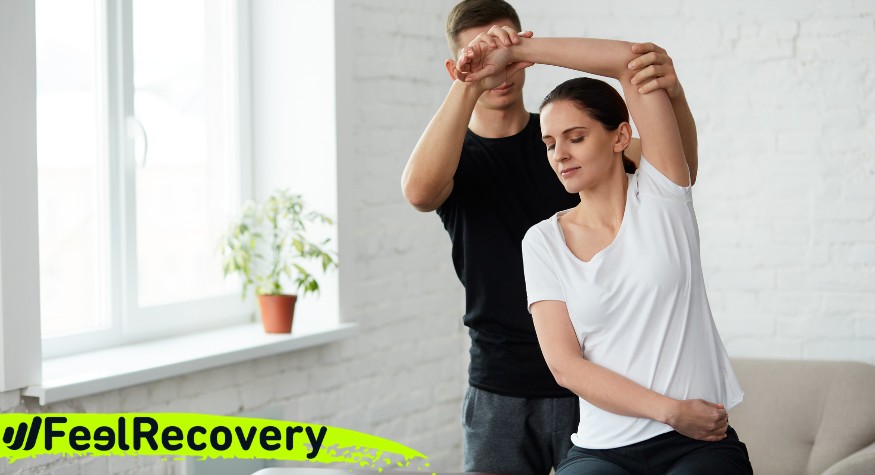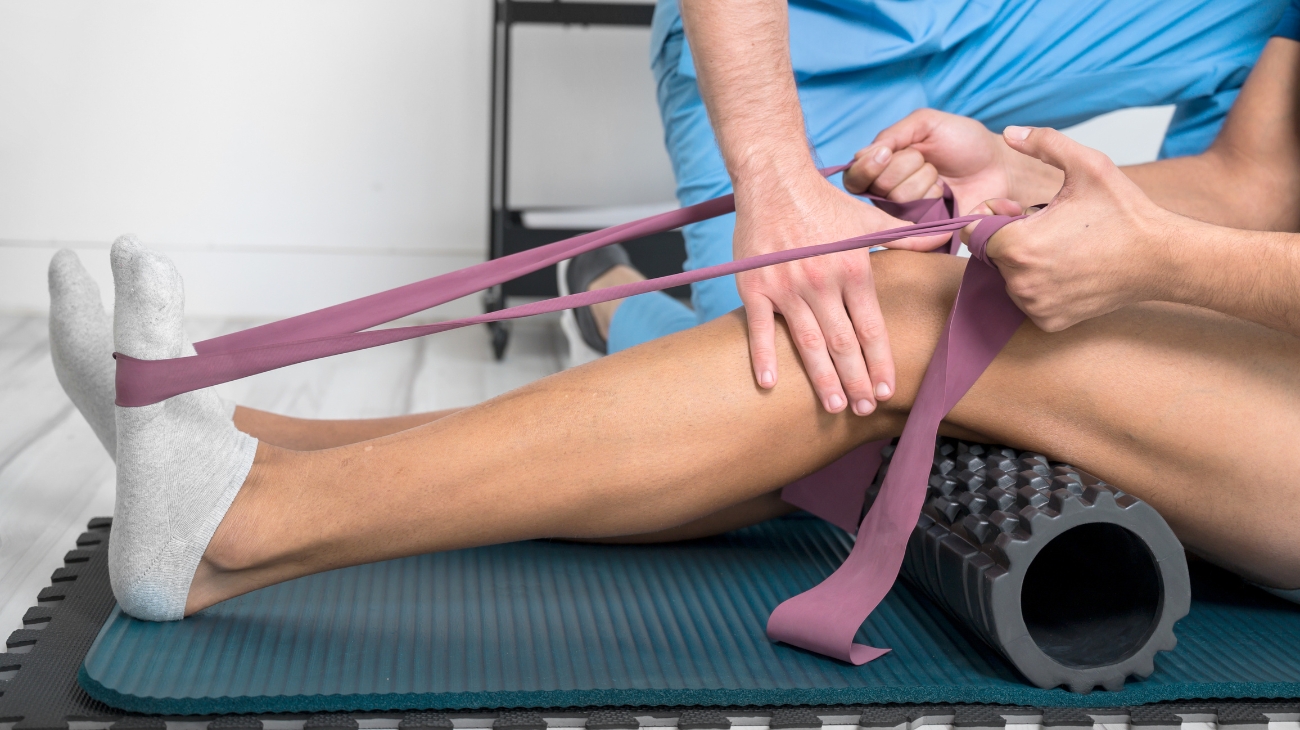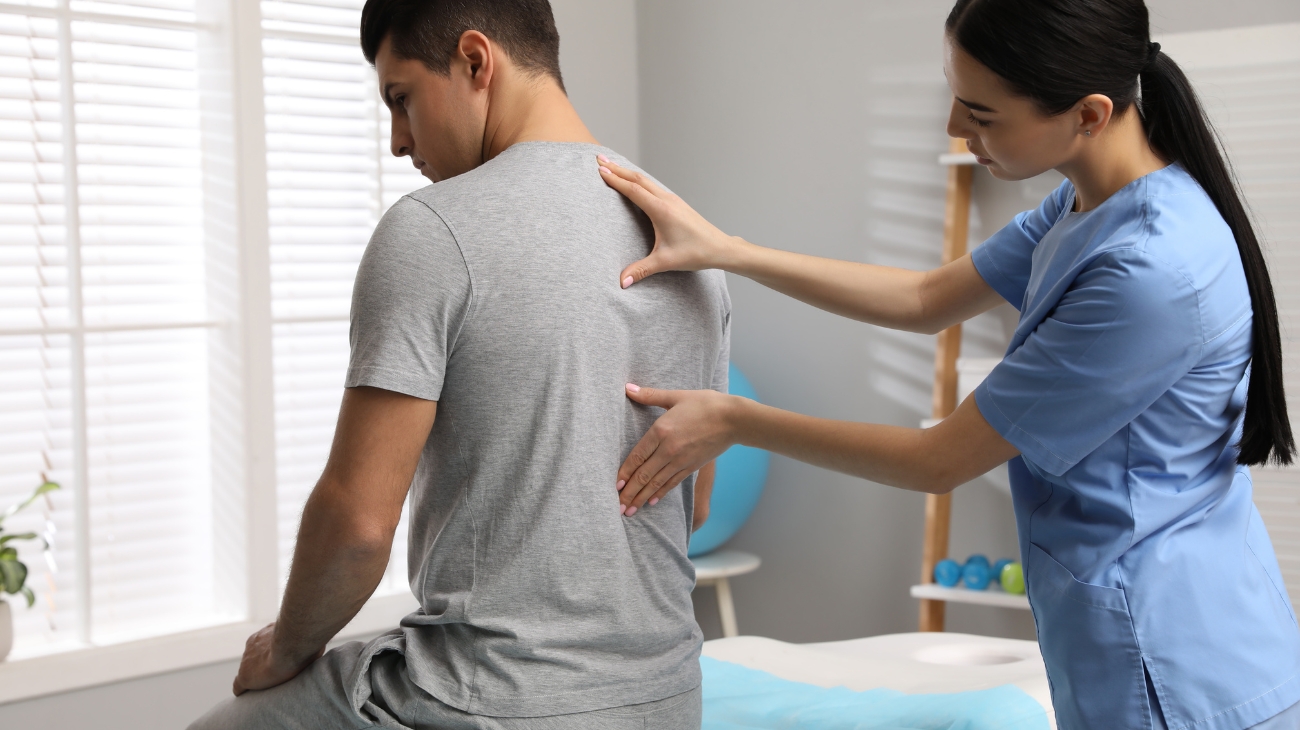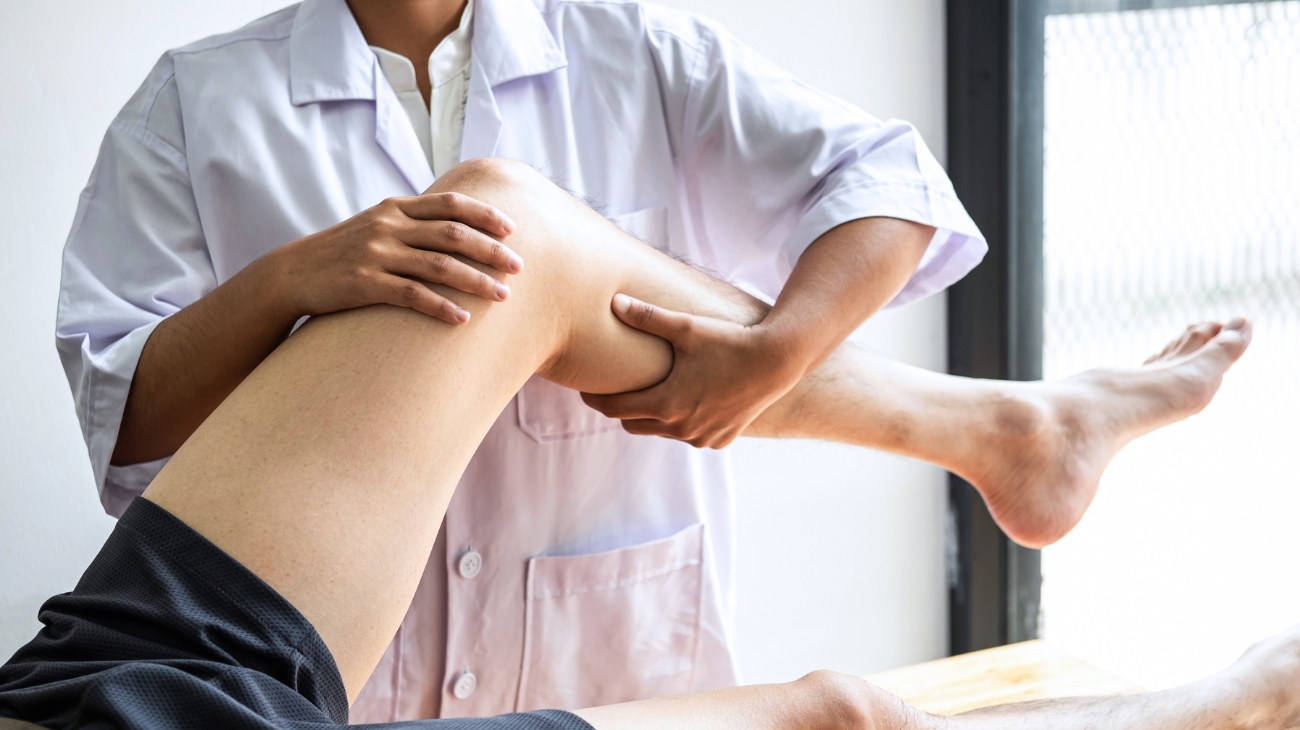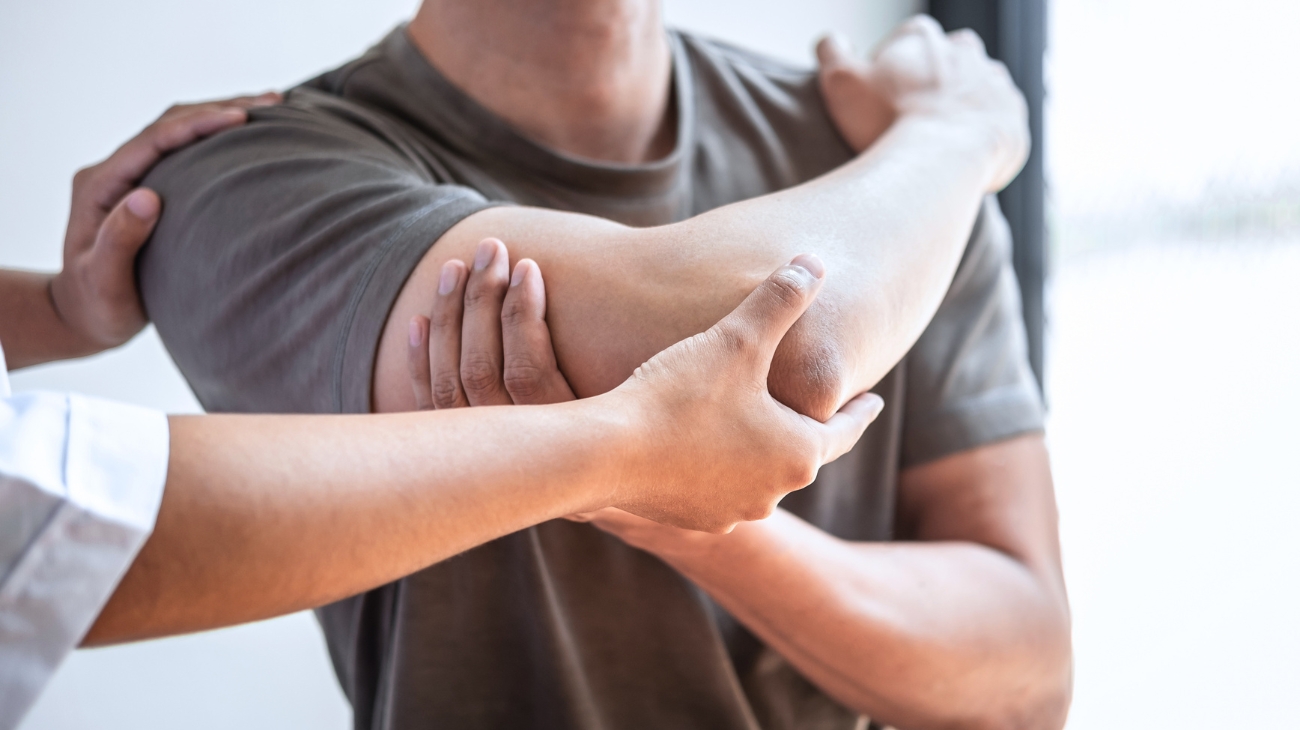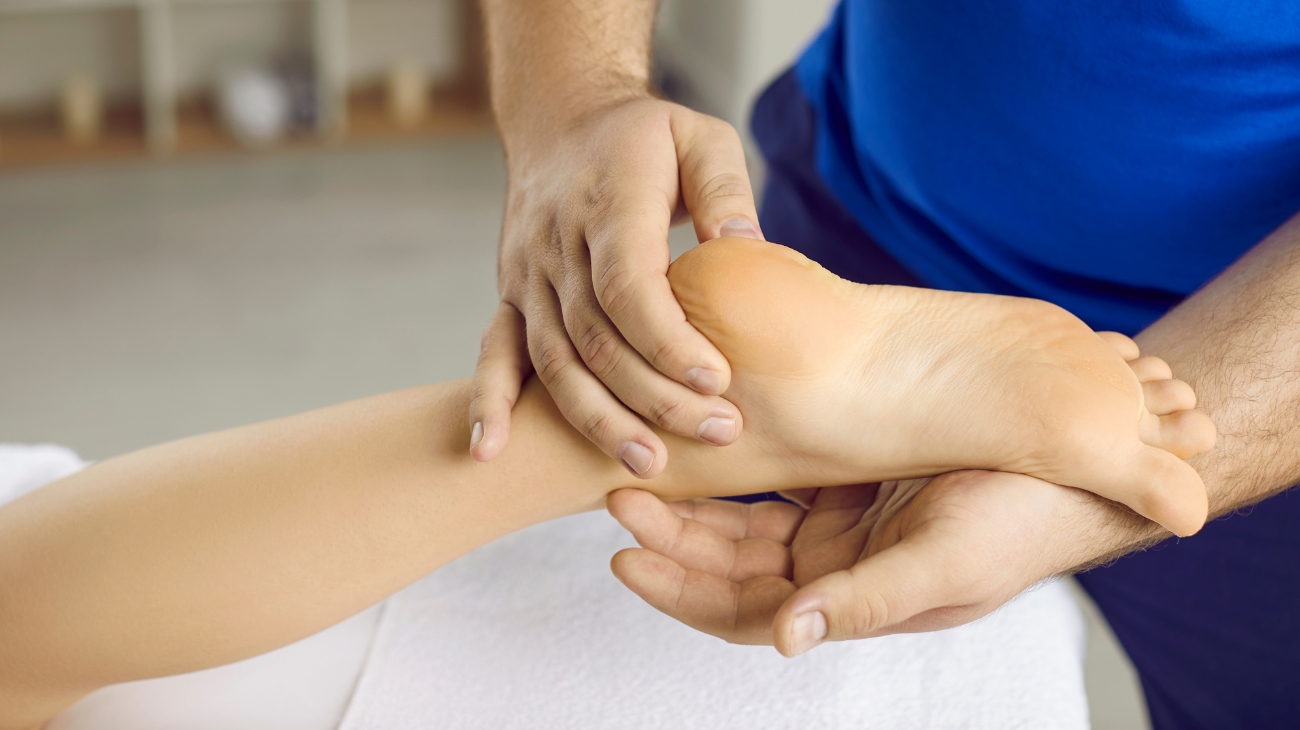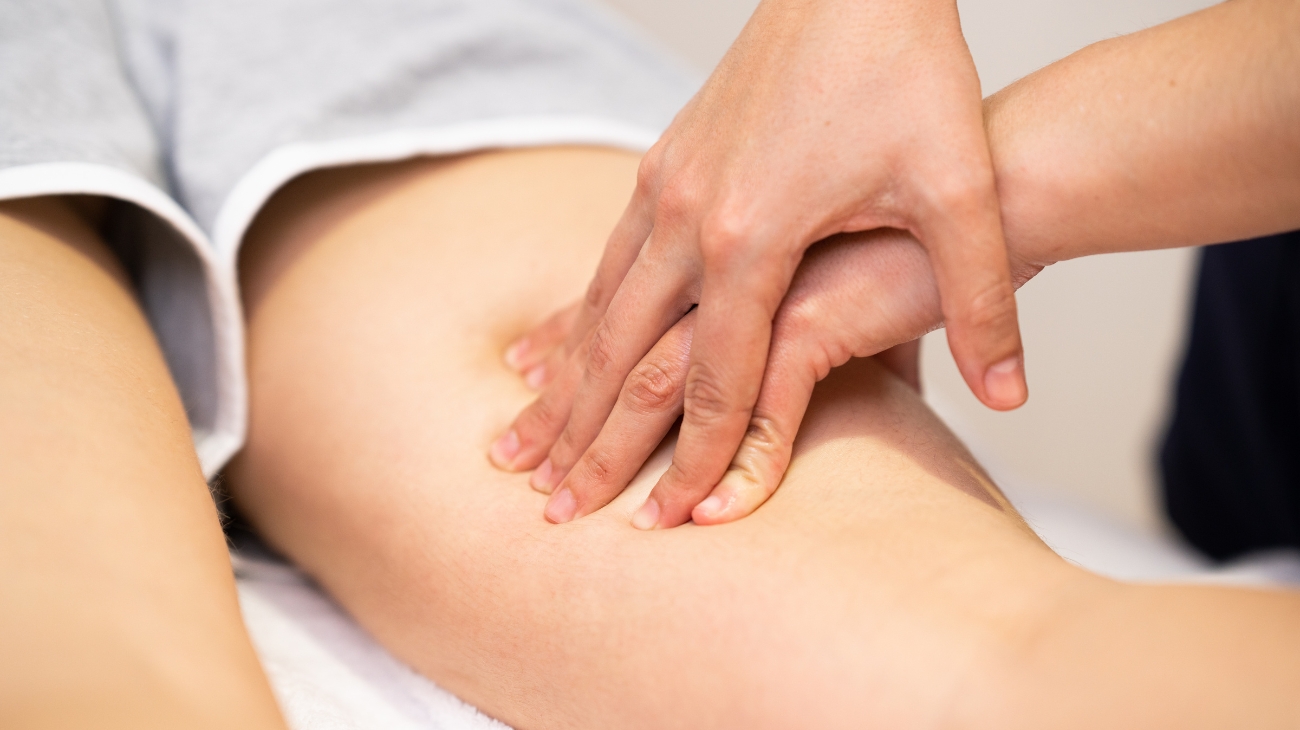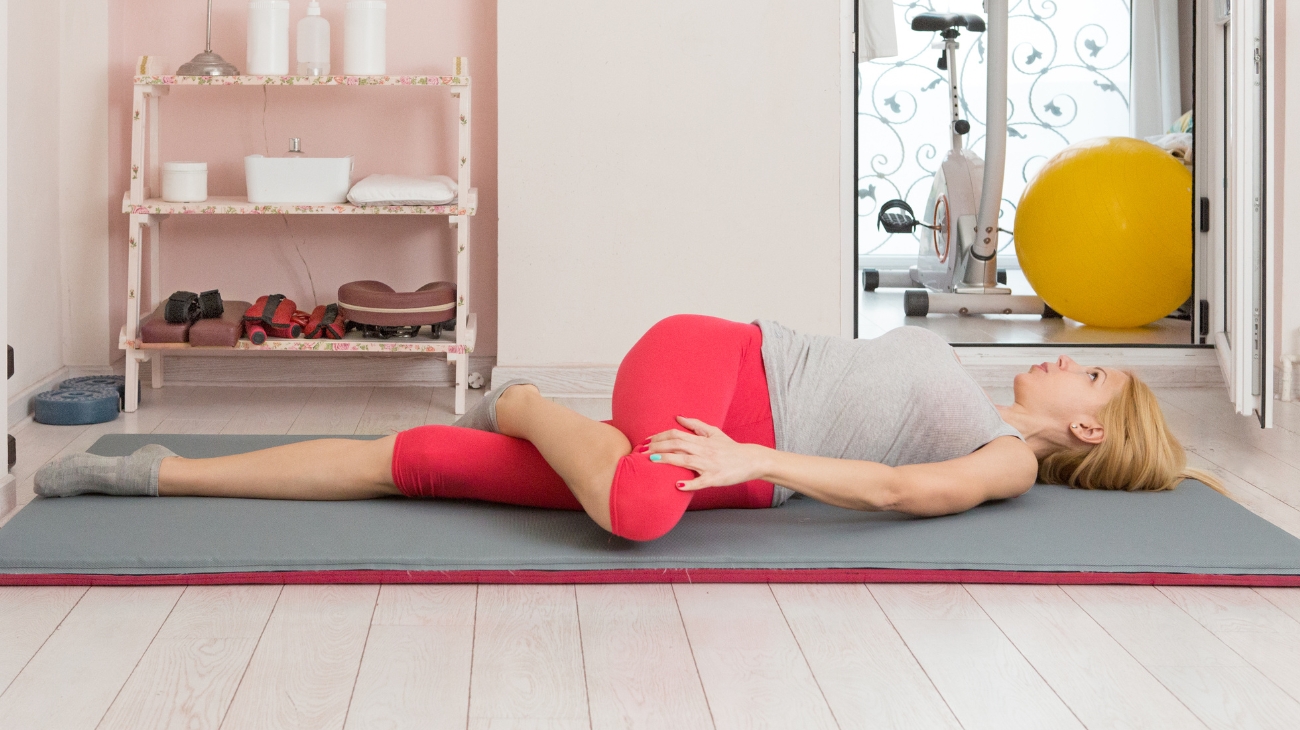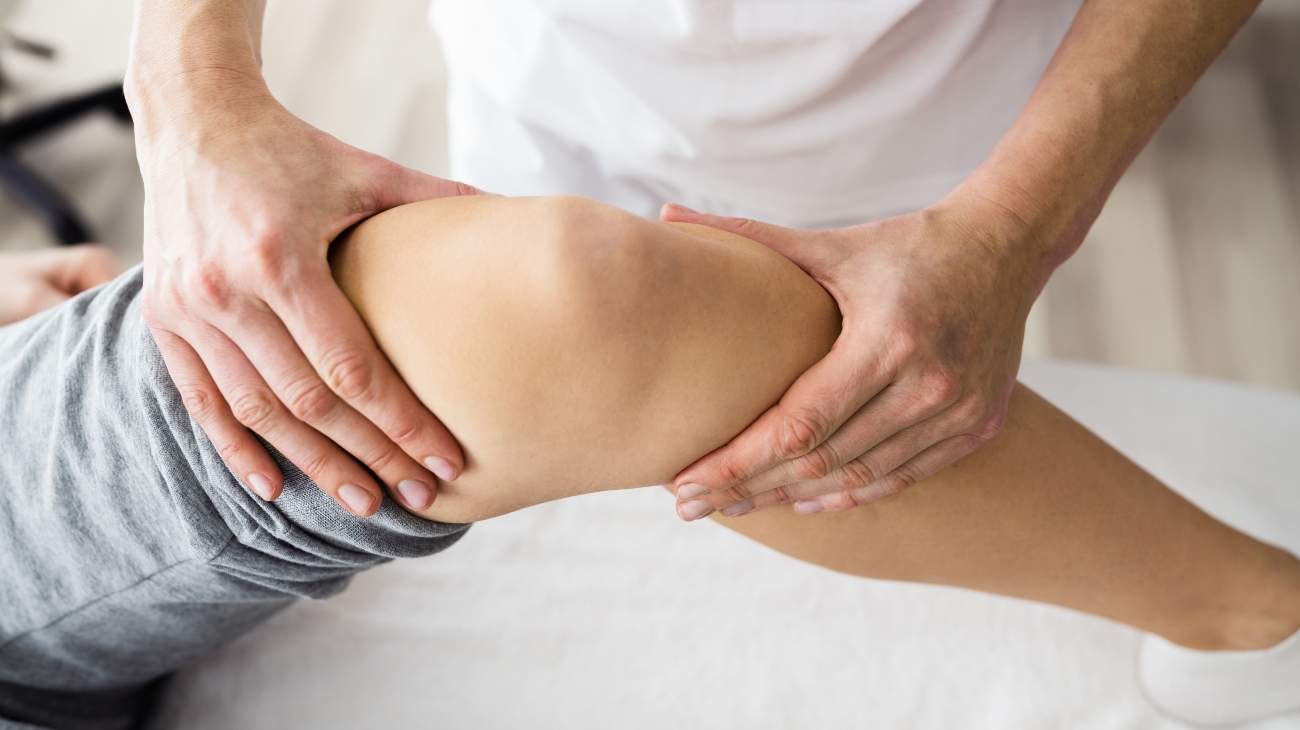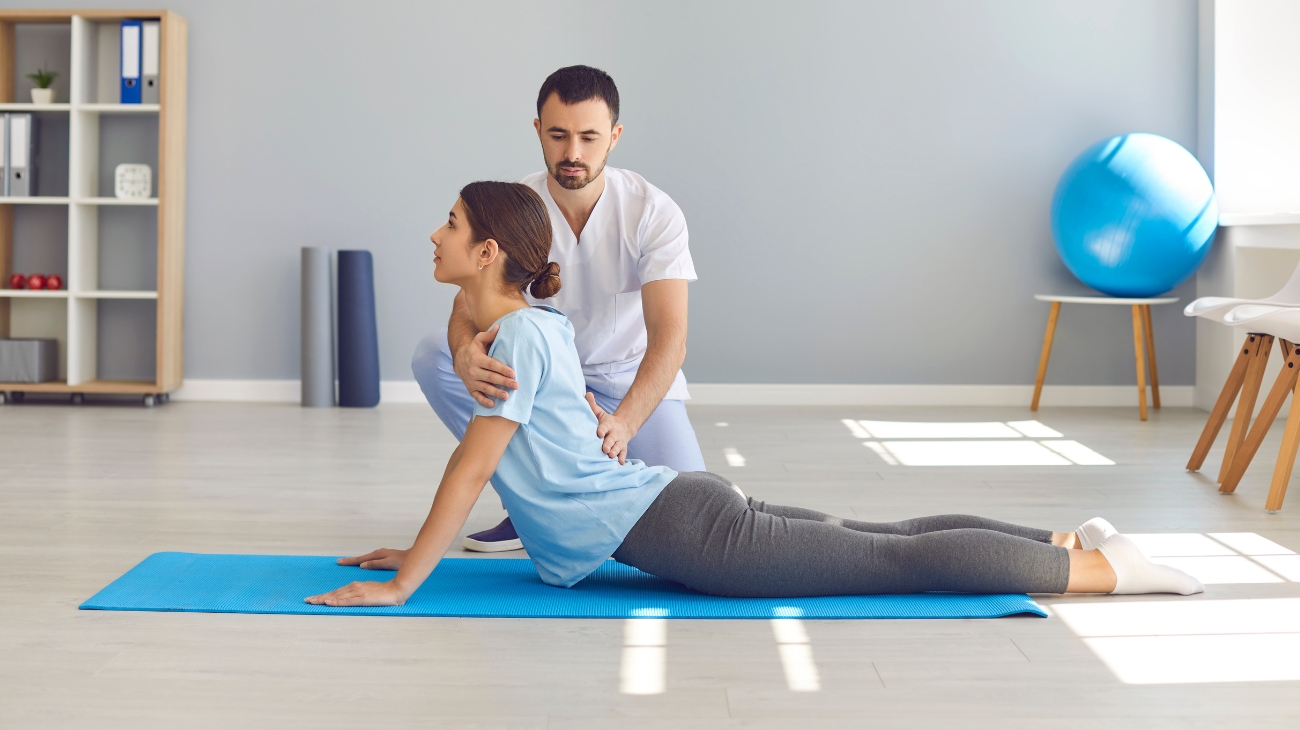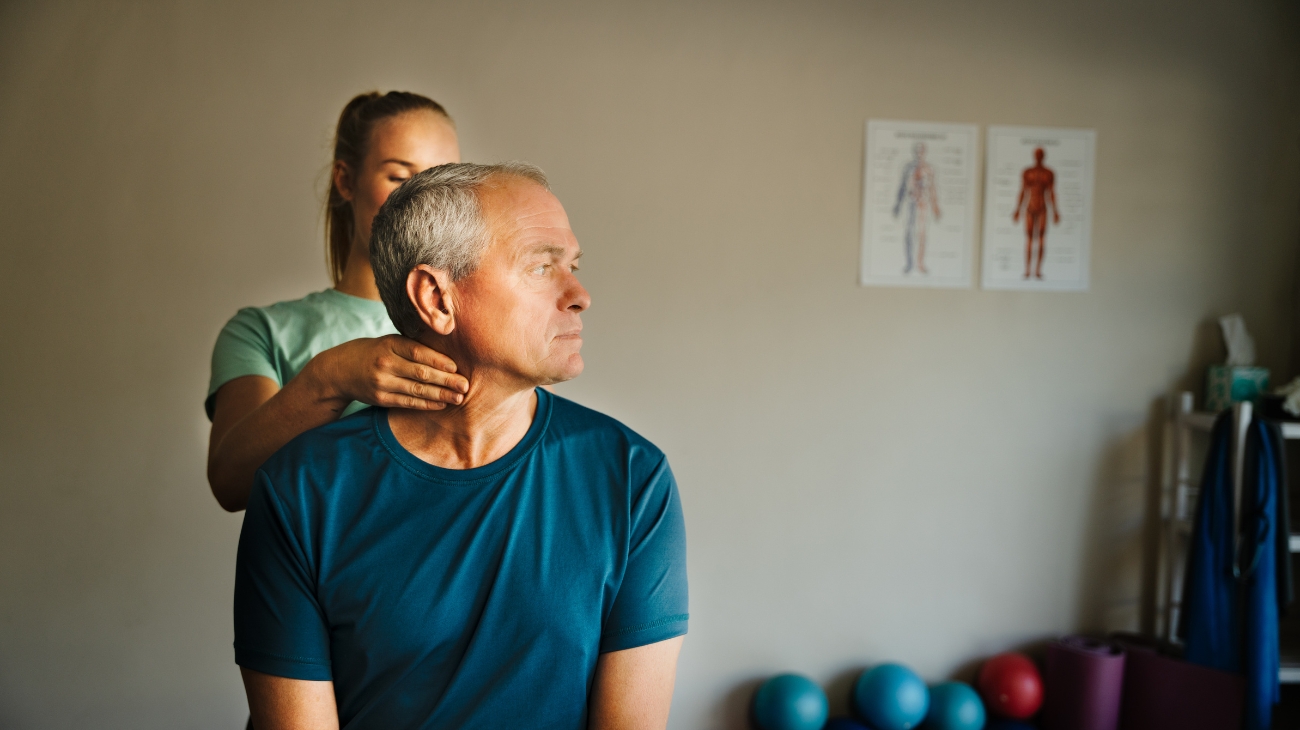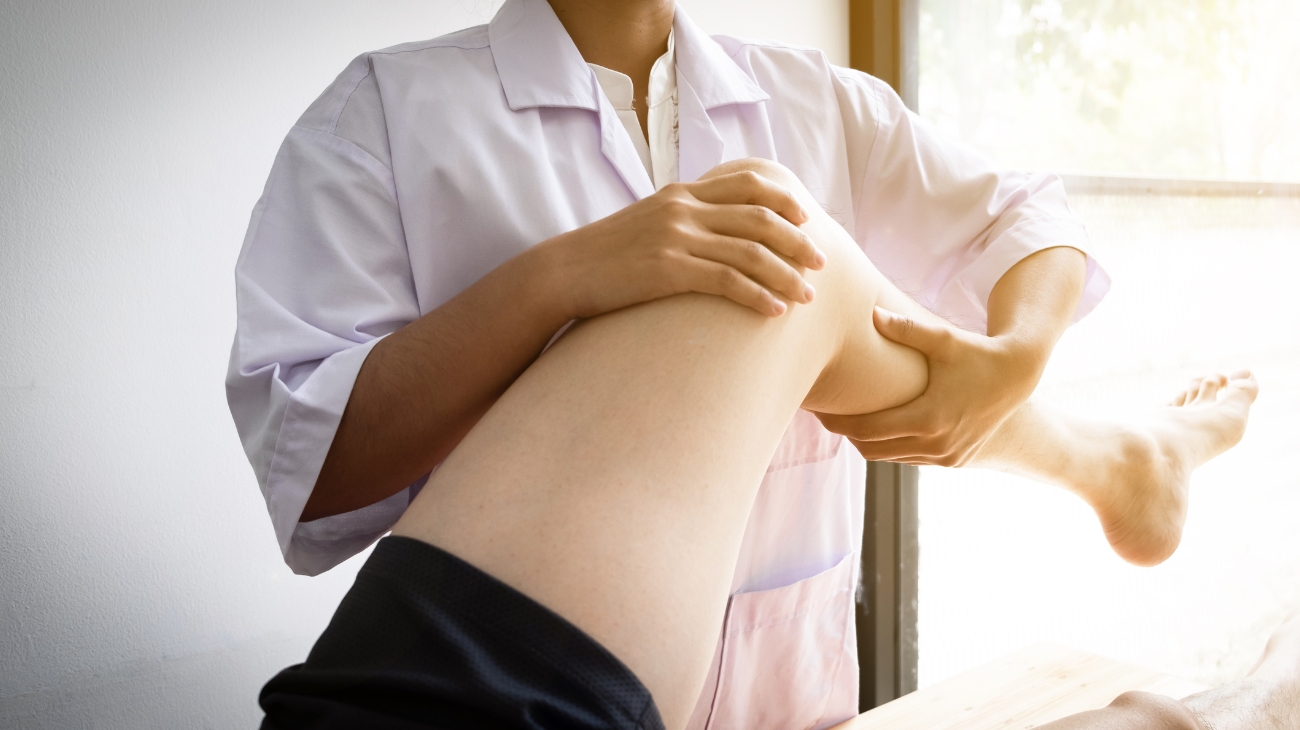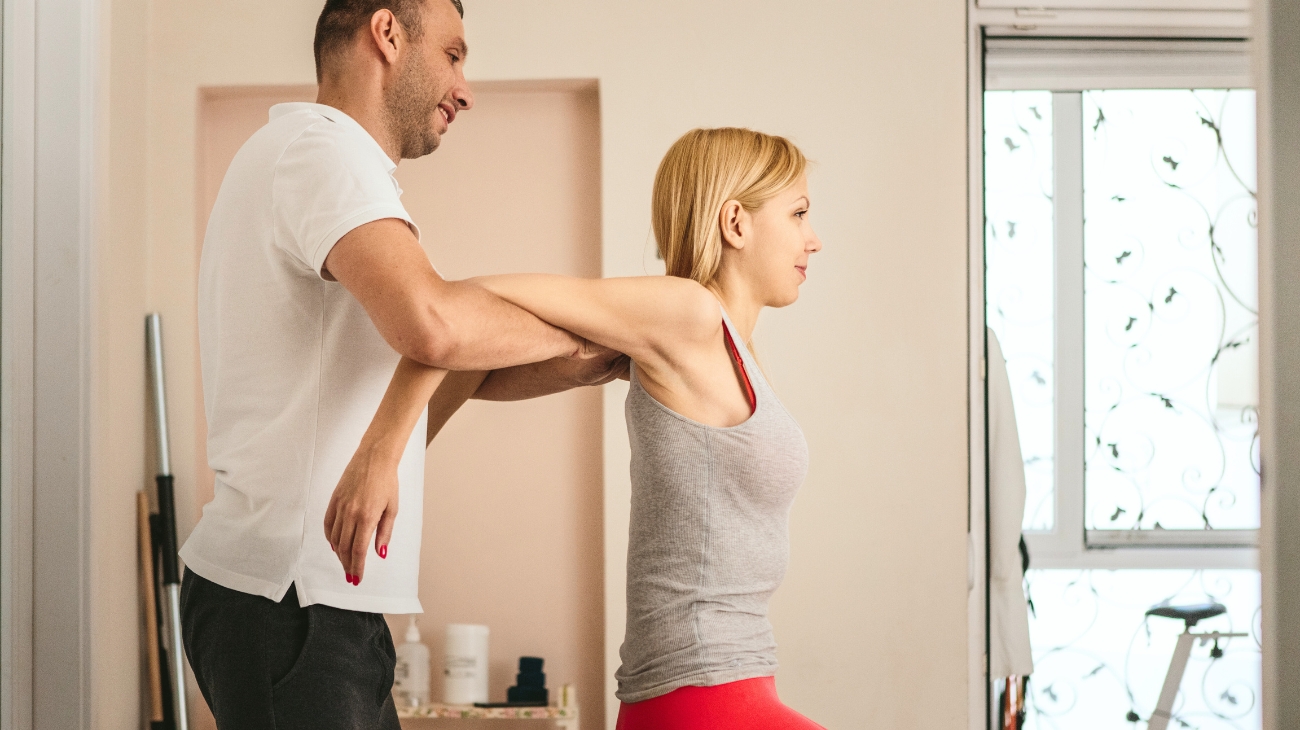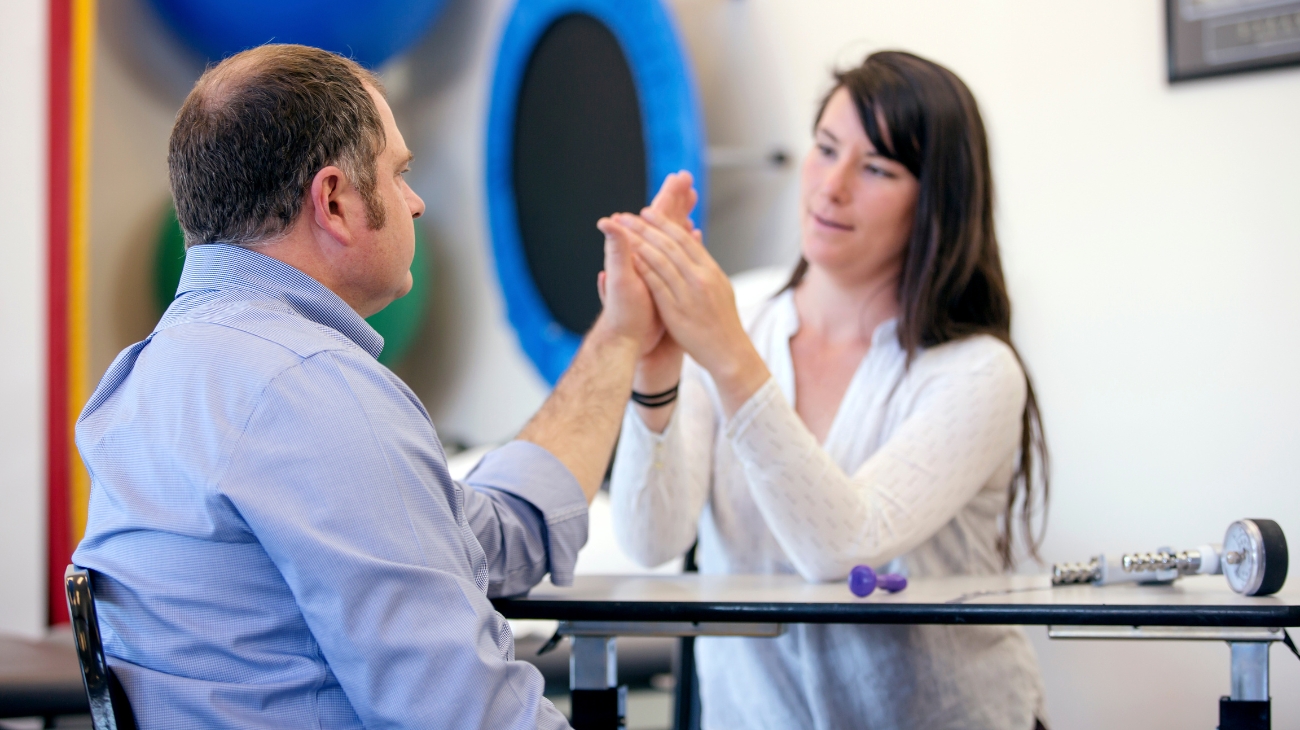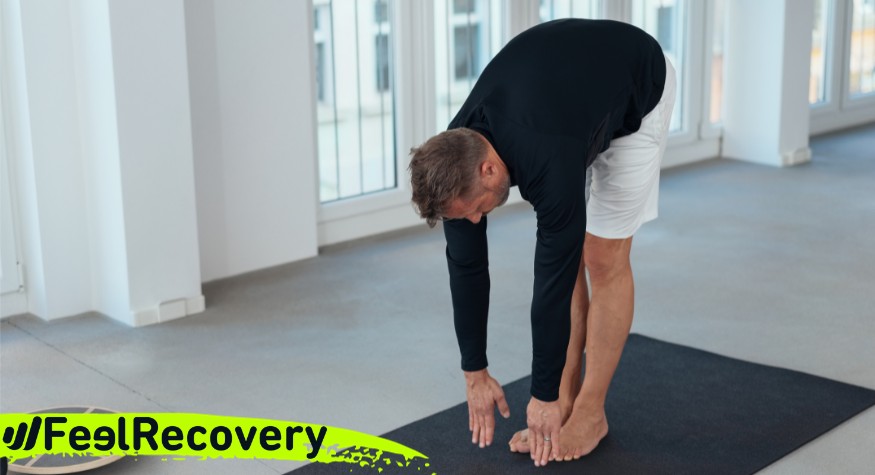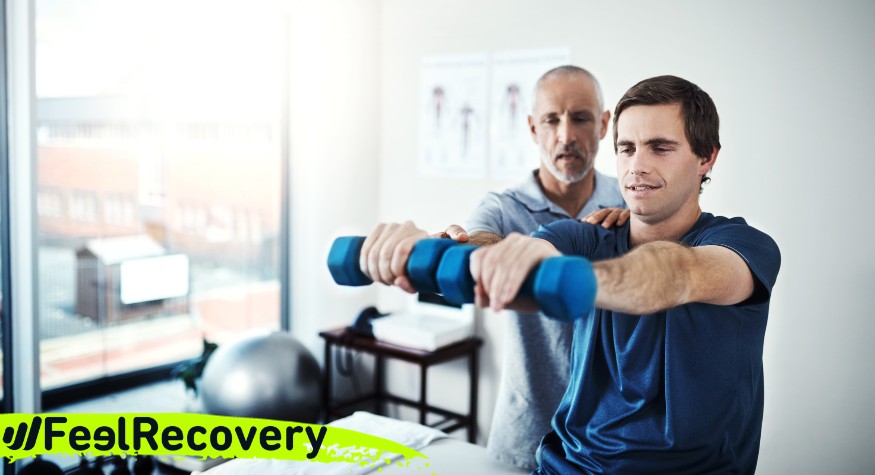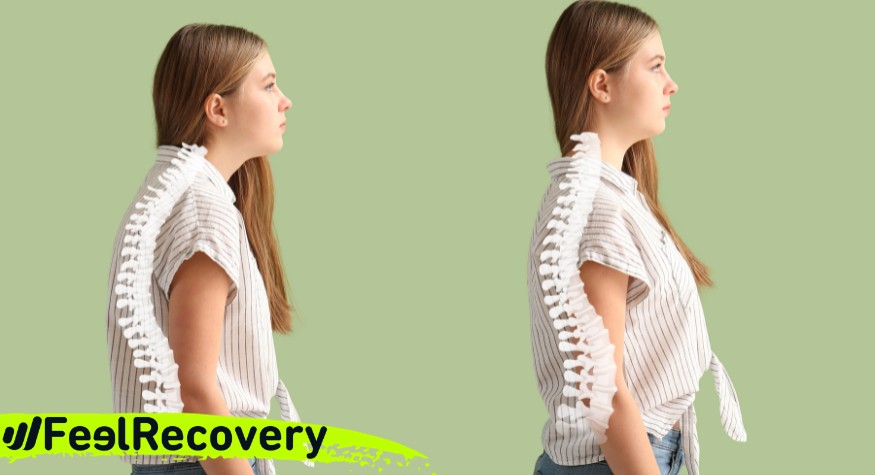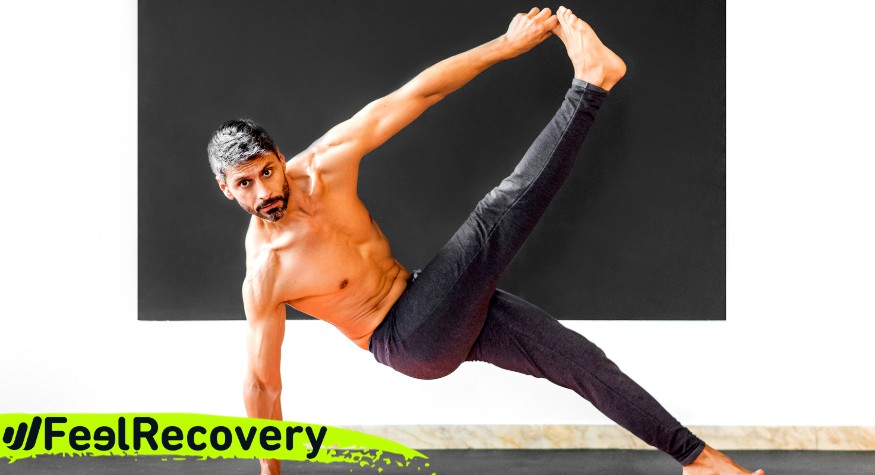Is important to know rehabilitation and strengthening exercises for the body because they play a crucial role in restoring physical function and improving overall health and well-being. Rehabilitation exercises can help individuals recover from injuries or surgeries by reducing pain and inflammation, increasing flexibility and range of motion, and restoring strength and function to affected areas of the body.
By incorporating rehabilitation and strengthening exercises into a regular fitness routine, individuals can not only recover from injuries and prevent future ones but also improve their overall physical health and fitness. Additionally, rehabilitation and strengthening exercises can be tailored to meet individual needs and goals, making them a versatile tool for anyone looking to improve their physical health and fitness.
What is rehab in workout?
In the context of exercise and physical therapy, "rehab" is short for "rehabilitation." Rehabilitation in workout refers to the process of restoring function, strength, and flexibility to the body after an injury or surgery. Rehab exercises are designed to help the body recover from an injury or surgical procedure by improving muscle strength, flexibility, and range of motion.
Rehabilitation in workout can involve a variety of exercises and techniques, including stretching, strength training, balance exercises, and manual therapy. These exercises are often tailored to the specific needs and limitations of the individual and are performed under the guidance of a physical therapist or other healthcare professional.
Rehabilitation in workout is important because it can help individuals regain function and independence, reduce pain and discomfort, prevent further injury, and improve overall quality of life. Rehab exercises can also help individuals return to their regular activities, such as work or sports, more quickly and safely.
Benefits of physical therapy and rehab exercises
A list of the benefits of physiotherapy and rehab exercises for our health:
- Pain relief: Physiotherapy and rehab exercises can help to alleviate pain in various parts of the body, including the back, neck, shoulders, hips, knees, and ankles.
- Improved flexibility and range of motion: Rehabilitation exercises can help to increase flexibility and range of motion in the joints, making it easier to perform everyday activities.
- Better balance and coordination: Rehab exercises can help improve balance and coordination, which can reduce the risk of falls and other injuries.
- Enhanced strength and endurance: Physiotherapy and rehab exercises can help to strengthen muscles and increase endurance, making it easier to perform physical activities and reducing the risk of injury.
- Quicker recovery from injuries: Rehab exercises can help to speed up the healing process after an injury, reducing the time it takes to return to normal activities.
- Prevention of future injuries: Physiotherapy and rehab exercises can help to prevent future injuries by strengthening muscles, improving balance, and increasing flexibility.
- Improved posture: Poor posture can lead to a variety of health problems, including back and neck pain, headaches, and poor circulation. Physiotherapy can help to improve posture by strengthening the muscles that support the spine and by providing advice on ergonomics and body mechanics.
- Reduced risk of falls: As we age, our balance and coordination can decline, increasing the risk of falls and resulting injuries. Physiotherapy can help to improve balance, coordination, and strength, reducing the risk of falls and improving overall mobility and confidence.
- Enhanced sports performance: Athletes and active individuals can benefit from physiotherapy to improve their sports performance. Rehabilitation exercises can help to address imbalances and weaknesses, improve flexibility and range of motion, and prevent future injuries. Additionally, physiotherapists can provide advice on injury prevention and optimal training techniques.
Best rehab exercises by body part
Best stretching exercises for rehab
There are many effective stretching exercises that can help improve flexibility and prevent injuries. Here are some of the best stretching exercises:
- Hamstring stretch: Lie on your back with one leg extended on the ground and the other leg lifted towards the ceiling. Hold the back of your thigh and gently pull towards your chest until you feel a stretch in the back of your thigh.
- Quad stretch: Stand with your feet hip-width apart and lift one foot towards your glutes. Hold your ankle or foot and gently pull towards your glutes until you feel a stretch in the front of your thigh.
- Calf stretch: Stand facing a wall with one foot in front of the other. Place your hands on the wall and lean forward, keeping your back leg straight, until you feel a stretch in your calf.
- Chest stretch: Stand in a doorway with your arms at your sides and your elbows bent at 90 degrees. Place your forearms on the door frame and gently lean forward until you feel a stretch in your chest and shoulders.
- Hip flexor stretch: Kneel on one knee with the other foot flat on the ground in front of you. Squeeze your glutes and shift your weight forward until you feel a stretch in the hip flexor of the kneeling leg.
- Child's pose: Begin on your hands and knees and sit back towards your heels, reaching your arms forward. Rest your forehead on the ground and relax your back.
- Pigeon pose: Begin on your hands and knees and slide one knee forward towards your opposite wrist. Straighten your opposite leg behind you and lower your body towards the ground, feeling a stretch in your glutes and hips.
- Shoulder stretch: Stand with your feet hip-width apart and clasp your hands behind your back. Gently lift your arms away from your body, feeling a stretch in your chest and shoulders.
- Spinal twist: Sit on the ground with your legs extended in front of you. Bend one knee and cross it over the other leg, placing your foot on the ground outside the opposite knee. Twist your torso towards the bent knee and place your opposite hand on the ground behind you for support.
- Figure-four stretch: Lie on your back with your knees bent and feet on the ground. Cross one ankle over the opposite knee, then reach behind your thigh and gently pull towards your chest until you feel a stretch in your hip and glutes.
Remember to hold each stretch for 20-30 seconds and repeat each stretch 2-3 times on each side. It is also important to stretch after a workout when your muscles are warm.
Best strengthening exercises for rehab
Some of the best strengthening exercises that can be used for rehabilitation:
- Bodyweight squats: Stand with your feet shoulder-width apart and your arms at your sides. Bend your knees and lower your hips towards the ground, then stand back up.
- Lunges: Stand with your feet hip-width apart and step forward with one foot, bending both knees to create a lunge position. Push through your front foot to stand back up, then repeat on the other side.
- Push-ups: Begin in a plank position with your hands shoulder-width apart and your feet hip-width apart. Lower your chest towards the ground, then push back up.
- Dumbbell rows: Hold a dumbbell in one hand and hinge forward at the hips, keeping your back flat. Pull the weight towards your ribs, then lower back down.
- Deadlifts: Stand with your feet hip-width apart and a barbell or dumbbells in front of you. Hinge forward at the hips and grab the weight, then stand back up, squeezing your glutes at the top.
- Shoulder presses: Hold dumbbells at shoulder height with your palms facing forward. Press the weights overhead, then lower back down.
- Bicep curls: Hold dumbbells at your sides with your palms facing forward. Curl the weights towards your shoulders, then lower back down.
- Tricep extensions: Hold a dumbbell with both hands and lift it overhead. Bend your elbows to lower the weight behind your head, then extend your arms to lift the weight back up.
- Wall sits: Stand with your back against a wall and your feet hip-width apart. Slide down the wall until your knees are bent at a 90-degree angle, then hold for a set amount of time.
- Plank variations: Begin in a plank position with your forearms on the ground and your body in a straight line. Hold for a set amount of time, then try variations like side planks or plank jacks.
Best posture correcting exercises for rehab
Posture correcting exercises can be an important component of rehabilitation programs for a variety of conditions, including back pain, neck pain, and shoulder pain.
Here are some of the best exercises for correcting posture:
- Wall angels: Stand with your back against a wall and your arms at shoulder height. Slowly slide your arms up the wall as far as you can without lifting your shoulders, then lower back down.
- Scapular retractions: Stand or sit with your arms at your sides and your shoulders relaxed. Squeeze your shoulder blades together, then release.
- Chin tucks: Sit or stand with your head level and shoulders relaxed. Pull your chin back towards your neck, keeping your head level.
- Thoracic extensions: Lie face down with your hands behind your head and elbows out to the sides. Lift your chest off the ground, keeping your neck in a neutral position.
- Shoulder blade squeezes: Sit or stand with your arms at your sides and your shoulders relaxed. Squeeze your shoulder blades together, then release.
- Cat-cow stretch: Begin on your hands and knees with your wrists under your shoulders and your knees under your hips. Arch your back and lift your head towards the ceiling, then round your back and tuck your chin to your chest.
- Chest openers: Stand with your arms behind your back and your hands clasped together. Gently lift your arms away from your body, feeling a stretch in your chest and shoulders.
- Forward fold: Stand with your feet hip-width apart and hinge forward at the hips, letting your arms dangle towards the ground. Relax your head and neck.
- Seated spinal twist: Sit on the floor with your legs extended in front of you. Bend one knee and cross it over the other leg, placing your foot on the ground outside the opposite knee. Twist your torso towards the bent knee and place your opposite hand on the ground behind you for support.
- Hip flexor stretch: Kneel on one knee with the other foot flat on the ground in front of you. Squeeze your glutes and shift your weight forward until you feel a stretch in the hip flexor of the kneeling leg.
Best mobility exercises for rehab
There are many different mobility exercises that can be beneficial for rehab depending on the specific injury or condition. Here are some examples:
- Quadruped rockbacks: Begin on your hands and knees with your wrists under your shoulders and your knees under your hips. Slowly sit back onto your heels while reaching your arms forward, then return to the starting position.
- Glute bridges: Lie on your back with your knees bent and feet flat on the floor. Lift your hips off the ground while squeezing your glutes, then lower back down.
- Supine hamstring stretch: Lie on your back with one leg extended on the ground and the other leg lifted with your knee bent. Use a towel or band to gently pull the lifted leg towards your chest until you feel a stretch in the hamstring.
- Standing calf stretch: Stand facing a wall with your hands on the wall at shoulder height. Place one foot behind the other, keeping both heels on the ground. Lean forward until you feel a stretch in the calf of the back leg.
- Quadruped hip circles: Begin on your hands and knees with your wrists under your shoulders and your knees under your hips. Move your hips in a circular motion, making small circles in each direction.
- Standing hip abduction: Stand with your feet hip-width apart and hands on your hips. Lift one leg out to the side, keeping your foot flexed and your hips level. Lower back down and repeat on the other side.
- Lateral lunges: Stand with your feet wider than hip-width apart and toes pointed forward. Shift your weight to one side and bend your knee, keeping the other leg straight. Return to the starting position and repeat on the other side.
- Seated spinal twist: Sit on the floor with your legs extended in front of you. Bend one knee and cross it over the other leg, placing your foot on the ground outside the opposite knee. Twist your torso towards the bent knee and place your opposite hand on the ground behind you for support.
- Wall angels: Stand with your back against a wall and your arms at shoulder height. Slowly slide your arms up the wall as far as you can without lifting your shoulders, then lower back down.
- Shoulder circles: Stand with your arms at your sides and your feet hip-width apart. Slowly circle your shoulders forwards and backwards, making small circles in each direction.
F.A.Q: Frequently asked questions
References
- Kirkby Shaw, K., Alvarez, L., Foster, S. A., Tomlinson, J. E., Shaw, A. J., & Pozzi, A. (2020). Fundamental principles of rehabilitation and musculoskeletal tissue healing. Veterinary Surgery, 49(1), 22-32. https://onlinelibrary.wiley.com/doi/full/10.1111/vsu.13270
- Widmaier, E. P., Raff, H., & Strang, K. T. (2006). Vander's human physiology (Vol. 5). New York, NY: McGraw-Hill. https://www.bme.ufl.edu/wp-content/uploads/2018/07/BME5401_Ormerod.pdf
- O'Sullivan, S. B., Schmitz, T. J., & Fulk, G. (2019). Physical rehabilitation. FA Davis. https://books.google.es/books?hl=es&lr=&id=Vs6FDwAAQBAJ
- Liao, Y., Vakanski, A., & Xian, M. (2020). A deep learning framework for assessing physical rehabilitation exercises. IEEE Transactions on Neural Systems and Rehabilitation Engineering, 28(2), 468-477. https://ieeexplore.ieee.org/abstract/document/8957502/
- Skelton, D. A., & Beyer, N. (2003). Exercise and injury prevention in older people. Scandinavian journal of medicine & science in sports, 13(1), 77-85. https://onlinelibrary.wiley.com/doi/abs/10.1034/j.1600-0838.2003.00300.x
- Frontera, W. R., & Ochala, J. (2015). Skeletal muscle: a brief review of structure and function. Calcified tissue international, 96(3), 183-195. https://link.springer.com/article/10.1007/s00223-014-9915-y
- Janesick, V. J. (2015). " Stretching" exercises for qualitative researchers. Sage Publications. https://books.google.com/books?hl=es&lr=&id=7IVNCgAAQBAJ
- Wang, C. H., McClure, P., Pratt, N. E., & Nobilini, R. (1999). Stretching and strengthening exercises: their effect on three-dimensional scapular kinematics. Archives of physical medicine and rehabilitation, 80(8), 923-929. https://www.sciencedirect.com/science/article/abs/pii/S0003999399900849
- Daley, M. J., & Spinks, W. L. (2000). Exercise, mobility and aging. Sports medicine, 29, 1-12. https://link.springer.com/article/10.2165/00007256-200029010-00001
- Guyton, A. C., & Hall, J. E. (2006). Medical physiology. Gökhan N, Çavuşoğlu H (Çeviren), 3. https://www.uvic.ca/ecs/ece/assets/docs/current/undergraduate/202005/bme201.pdf

